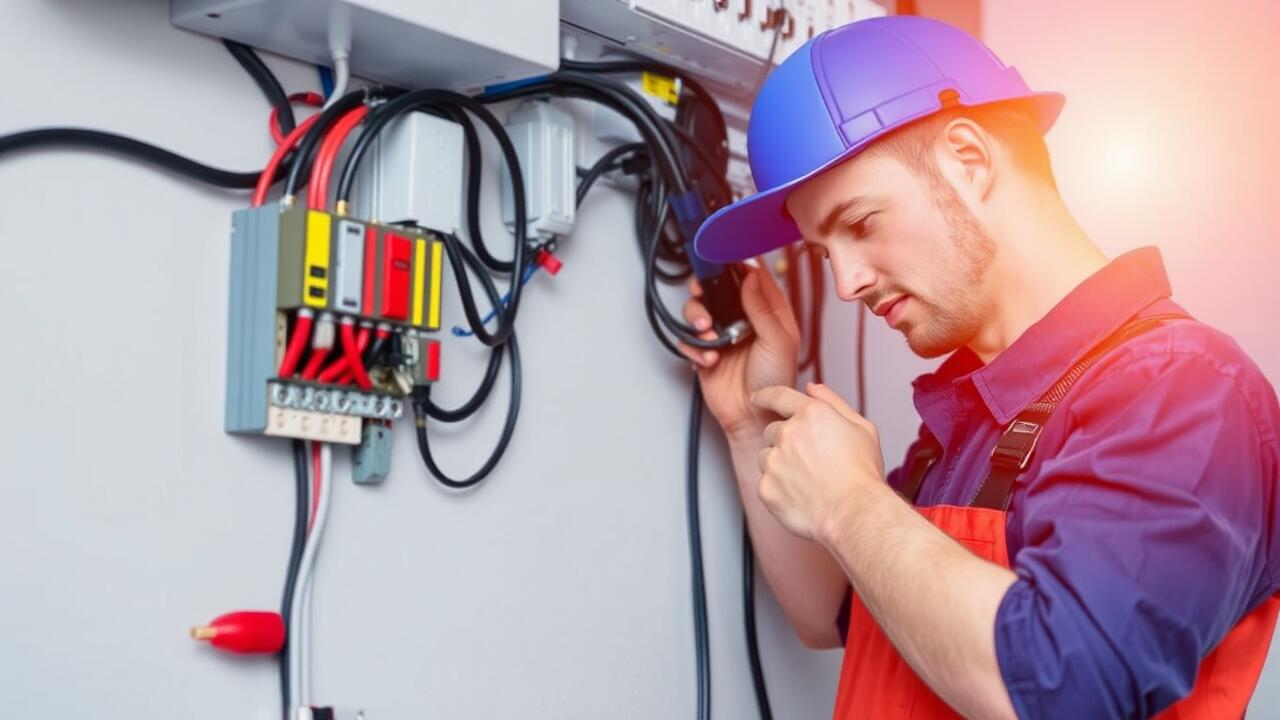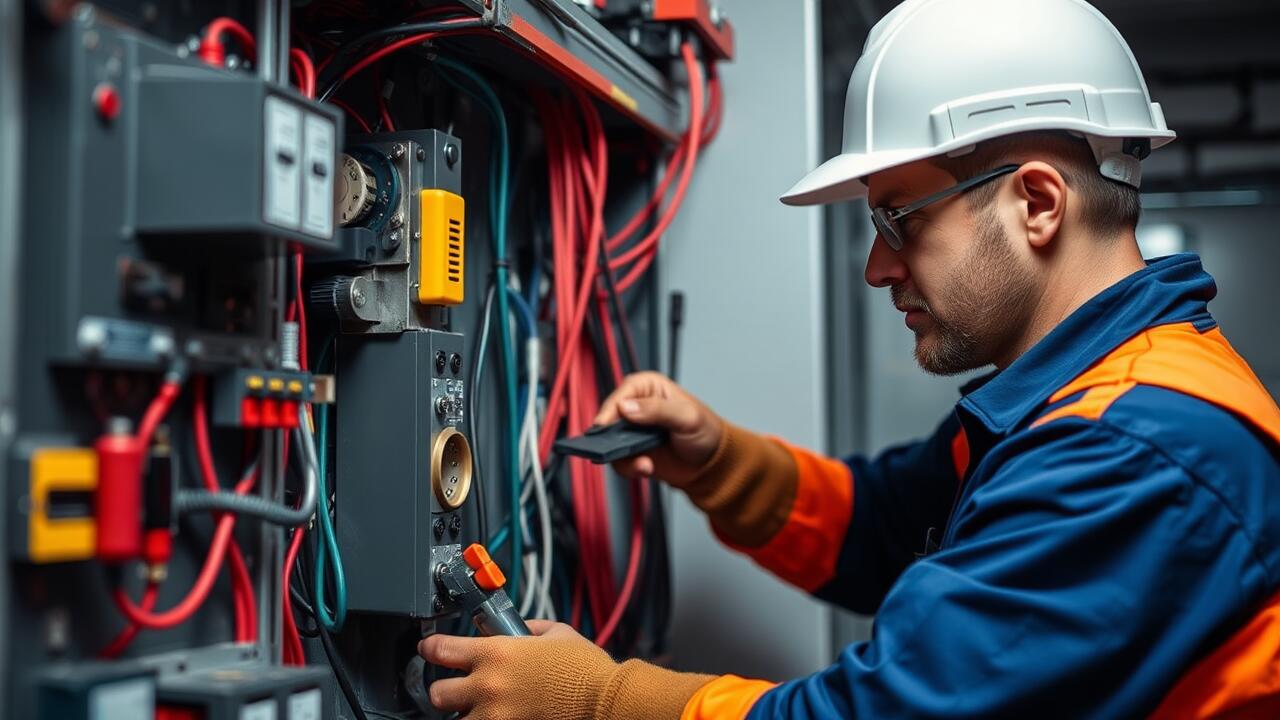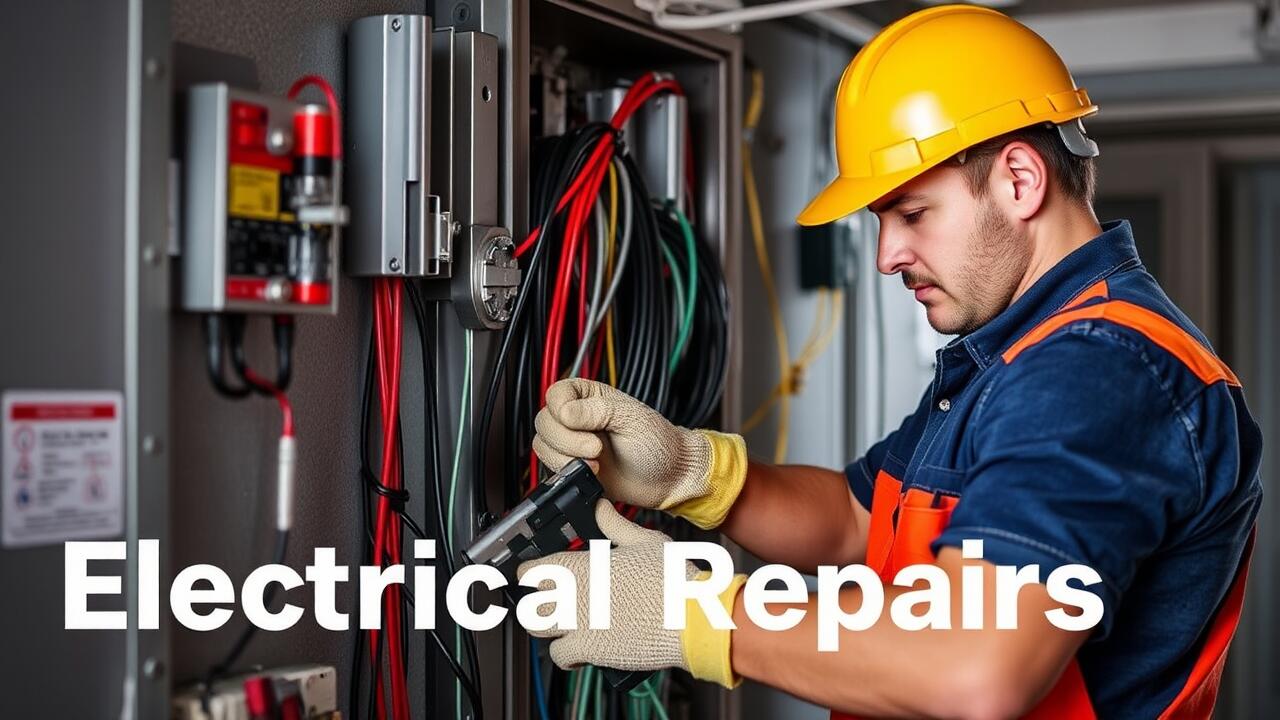
Benefits of Installing GFCI Outlets
GFCI outlets, or Ground Fault Circuit Interrupters, provide crucial protection against electrical shocks in areas where water is present, such as kitchens and bathrooms. These outlets monitor the flow of electricity and quickly cut off power if they detect an imbalance, significantly reducing the risk of serious injuries. Their installation can provide peace of mind for families and guests, making these commonly used spaces safer.
In addition to enhancing safety, GFCI outlets also meet electrical code requirements in many regions, ensuring compliance for homeowners. When planning electrical repairs in Greater Heights, Houston, upgrading to GFCI outlets is a wise choice. This not only protects individuals from potential hazards but can also contribute to the overall reliability of the home’s electrical system.
Enhanced Safety for Family and Guests
The installation of GFCI outlets significantly enhances safety in any home, especially in high-risk areas like bathrooms and kitchens. These outlets are designed to prevent electrical shock by continuously monitoring the flow of electricity. When they detect an imbalance, such as when water comes into contact with an electrical current, they immediately shut off power. This quick response can be the difference between a minor incident and a serious injury or fatality.
Families and guests can feel more secure knowing that their home is equipped with such safety measures. Particularly in regions like Gulfton, where humidity levels can be higher, GFCI outlets provide vital protection against potential hazards. In case of failure or malfunction, seeking assistance from professionals for electrical repairs in Kingwood, Houston, ensures that safety standards are upheld. Proper installation and maintenance of these outlets are key to safeguarding loved ones and preventing accidents in daily life.
Signs Your GFCI Outlet Needs Replacement
GFCI outlets play a crucial role in preventing electrical shocks, especially in moisture-prone areas like bathrooms and kitchens. However, these protective devices can wear out over time. Some common signs that a GFCI outlet may need replacement include frequent tripping, visible damage or discoloration, and failure to reset after being tripped. If you notice any of these issues, it is essential to address them promptly to maintain safety.
In addition to the physical signs, pay attention to any unusual behavior from the outlet. For example, if the outlet feels warm to the touch or produces a buzzing sound, these could be indications of a serious problem. Addressing such issues quickly is crucial to prevent accidents. For those in need of assistance, contacting professionals who specialize in electrical repairs in Greater Heights, Houston, can ensure proper evaluation and replacement of faulty outlets.
Identifying Faulty Outlets
Identifying faulty GFCI outlets is essential for maintaining a safe home environment. One common sign of a malfunctioning outlet is frequent tripping. If you notice that the reset button pops out immediately after being reset or trips without any electrical devices plugged in, this could indicate an underlying issue. Additionally, if the outlet feels warm to the touch or emits a burning smell, it’s a clear signal that immediate action is needed.
Visual inspections can also help in identifying problems with GFCI outlets. Cracks, discoloration, or visible signs of wear and tear are often indicators that the outlet needs replacement. For homeowners in need of professional assistance, seeking experts in electrical repairs in Midtown, Houston, can ensure that your outlets are functioning properly and safely. Regular checks can prevent potential hazards, safeguarding both family members and guests.
How to Properly Install GFCI Outlets
Installing a GFCI outlet involves several key steps to ensure safety and proper functionality. Begin by turning off the power at the circuit breaker. Use a voltage tester to double-check that the power is off before proceeding. Remove the existing outlet if one is present, and carefully disconnect the wires, taking care to note where each connector was attached. This will be helpful when connecting the new GFCI outlet.
Next, connect the new GFCI outlet, matching the wires to the appropriate terminals. Typically, the black or red wire connects to the "Line" terminal, while the white wire goes to the "Neutral" terminal. After making the connections, secure the outlet back into the electrical box, and restore the power at the circuit breaker. It may be advisable to consult professionals for more complicated tasks or if any issues arise during installation, especially for those seeking expert assistance for Electrical Repairs in Montrose, Houston.
Step-by-Step Installation Guide
Before beginning the installation of a GFCI outlet, ensure you have the necessary tools on hand. A voltage tester, screwdriver, wire stripper, and a new GFCI outlet are essential. Start by turning off the power to the existing outlet at the circuit breaker. This crucial step prevents potential electrocution. Use a voltage tester to confirm that the power is off. Once confirmed, remove the cover plate and unscrew the outlet from the electrical box.
Next, carefully disconnect the old outlet by loosening the screws holding the wires in place. Strip the wire insulation to prepare for the new installation. Connect the wires to the corresponding terminals on the GFCI outlet, ensuring the green or bare wire is attached to the ground terminal. After securing the wires, carefully push the outlet back into the box and screw it in place. Replace the cover plate and restore power at the circuit breaker. For those unsure about the installation process, seeking professional help such as Electrical Repairs in Midtown, Houston, can ensure safety and compliance.
FAQS
What is a GFCI outlet?
A GFCI (Ground Fault Circuit Interrupter) outlet is a type of electrical outlet designed to protect people from electrical shock by shutting off power when it detects a ground fault.
Why are GFCI outlets important in bathrooms and kitchens?
GFCI outlets are crucial in bathrooms and kitchens because these areas are often exposed to moisture, increasing the risk of electrical shock. GFCI outlets provide enhanced safety by quickly cutting off power when a fault is detected.
How can I tell if my GFCI outlet is faulty?
Signs that your GFCI outlet may be faulty include frequent tripping, not resetting when you press the reset button, or if it does not provide power to connected devices.
Can I install a GFCI outlet myself?
Yes, you can install a GFCI outlet yourself if you have basic electrical knowledge and follow safety precautions. However, it's recommended to hire a licensed electrician if you're unsure or uncomfortable with electrical work.
How often should GFCI outlets be tested?
GFCI outlets should be tested monthly to ensure they are functioning correctly. You can do this by pressing the "Test" button on the outlet; it should trip and stop power to the outlet. Then, press the "Reset" button to restore power.




